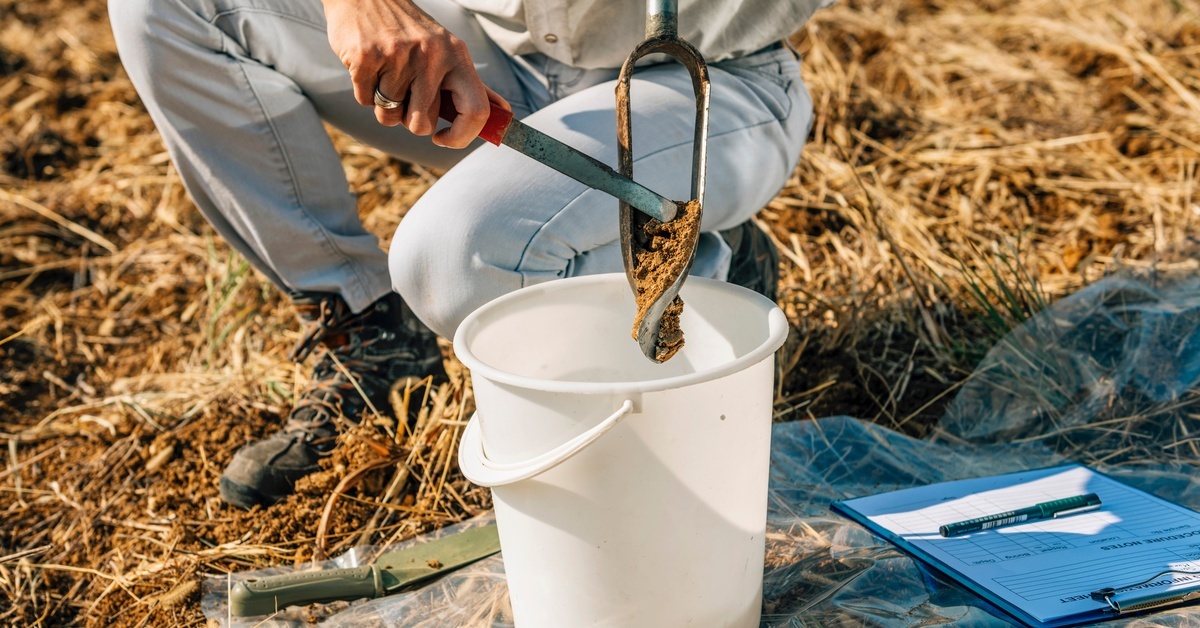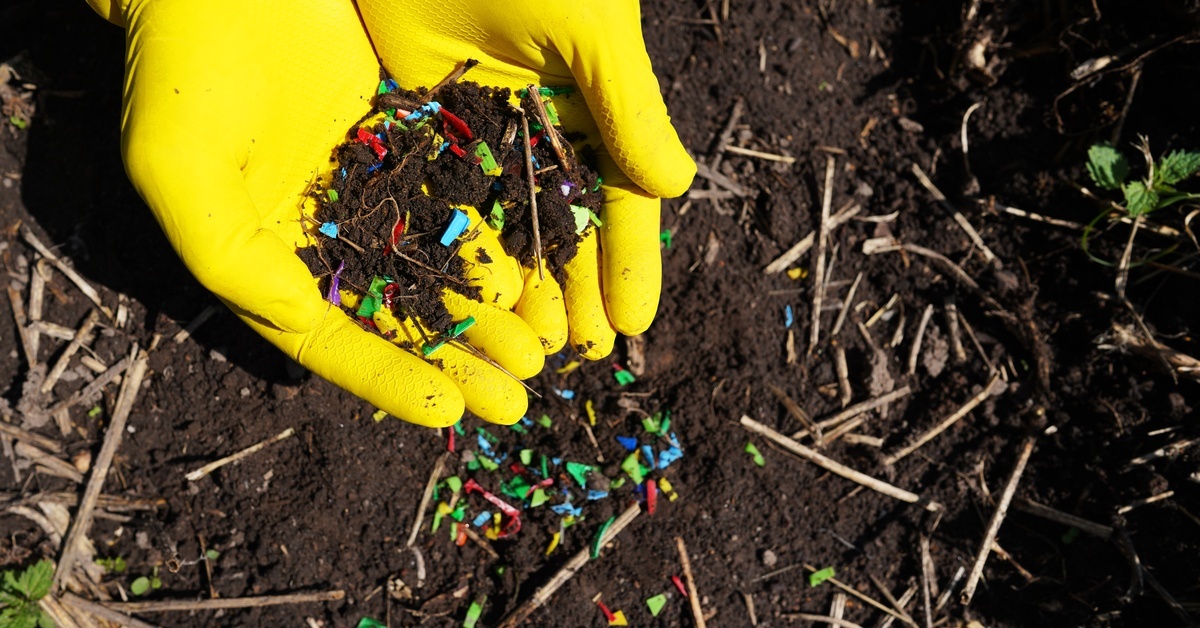Comparing Soil Sampling in Diverse Ecosystems
Soil is an essential component of Earth’s ecosystem, influencing agriculture, water quality, forest health, and climate change. Despite its crucial role, its complexity is often underestimated. Through soil sampling across diverse ecosystems such as forests, agricultural lands, and urban settings, pedologists can uncover valuable insights into biodiversity, environmental challenges, and sustainable practices.
Let’s explore the methodologies, tools, and techniques used in soil sampling across different ecosystems. By examining these approaches, we can gain a deeper understanding of environmental trends, promote sustainability, and refine land use strategies to maximize efficiency.
Assessing Soil Health and Contamination
Soil sampling is key to evaluating essential factors like nutrient content, pH levels, and organic matter, all of which directly impact plant growth and food production. Microbial diversity in the soil also plays a pivotal role in nutrient cycling and plant health, affecting crop yields and vegetation management.
Industrial activities, urban expansion, and agricultural practices contribute to soil contamination, introducing pollutants such as heavy metals and hydrocarbons. By conducting soil sampling, contamination levels can be identified, providing critical data for developing effective remediation strategies aimed at restoring soil health.
Examining Microbial Communities
Soil’s microbial diversity is integral to nutrient cycling, carbon storage, and plant resilience against diseases. Sampling soil allows researchers to analyze the composition and structure of these microbial communities, which is essential for advancing sustainability efforts. These findings influence decision-making in agriculture, conservation, and land rehabilitation.
For instance, understanding microbial communities helps farmers improve soil health, resulting in enhanced crop yields and reduced reliance on chemical fertilizers. For conservation initiatives, microbial diversity is vital in preserving habitats, fostering resilient ecosystems, and preventing species loss. Additionally, soil sampling plays a significant role in the restoration of polluted lands by identifying contaminants and guiding remediation strategies.
Essential Tools for Soil Sampling

Successful sampling begins with choosing the appropriate soil sample collection tools. Below are some commonly used tools in soil sampling:
- Soil Augers and Probes: These tools are ideal for collecting small soil samples from specific depths, often employed in agriculture for nutrient and pH testing.
- Soil Core Samplers: These tools are crucial for collecting relatively undisturbed soil samples, enabling accurate examination of soil profiles. They’re particularly useful for analyzing soil layers and microbial communities across different depths.
- Precision Technology: Modern tools, including automated soil samplers, ensure high accuracy and repeatability, especially for large-scale studies.
- Shovels and Trowels: While less precise, these tools are practical for collecting larger, more general surface soil samples.
Choosing the right equipment is essential for obtaining reliable and accurate results in any environment.
Pro Tip
To avoid cross-contamination, always sterilize tools between sampling locations. Proper sterilization ensures that each soil sample accurately represents its location, free from previous samples. Failing to clean tools between locations can lead to the transfer of particles or microorganisms, skewing results.
Tailored Techniques for Soil Sampling Across Ecosystems
Each ecosystem presents unique challenges, requiring specific sampling techniques. Factors such as soil composition, moisture levels, vegetation, and contamination types influence the chosen methods. Understanding these variations is essential for selecting the most effective approach for each environment. Let’s explore techniques tailored for five common ecosystems.
1. Agricultural Lands
Conventional farming relies on soil core samplers to assess nutrient levels and pH. By routinely collecting soil samples, farmers can make informed decisions regarding soil amendments, irrigation practices, and crop selection, which ultimately improve crop health and yield. Stratified random sampling divides fields into distinct zones, taking into account factors like soil type and landscape position. Analyzing soil from varying depths, such as 0 to 15 centimeters, helps assess critical root-zone nutrients. This approach provides a comprehensive view of soil health by considering both spatial and vertical variability.
2. Forest Ecosystems
Forests are among the most biologically diverse ecosystems, with soil characteristics varying based on location and time. Studies in forest reserves indicate that microbial communities differ by forest type and season. Organic matter, tree roots, and soil pH influence these variations. Dense vegetation can complicate soil sampling, so stratified sampling is often used to collect samples from both surface and deeper layers. This method captures the full range of microbial diversity and provides insights into nutrient availability. Seasonal variations in microbial activity also reveal critical information about carbon and nitrogen cycling and how microbial populations adjust to environmental changes.
3. Contaminated Sites
Polluted sites require specialized sampling methods to assess contamination levels. These areas, often impacted by heavy metals or hydrocarbons, can disrupt soil ecosystems, reducing microbial diversity and promoting stress-tolerant species like Bacteroidetes. To assess contamination gradients, sampling should target deeper soil layers, typically below 20 centimeters, where pollutants tend to accumulate. GIS mapping can complement soil sampling by visually representing contamination patterns and identifying hotspots, which helps inform remediation strategies and track changes over time.
4. Urban Environments

Urban soils are a blend of natural and anthropogenic elements, often contaminated with pollutants like microplastics and heavy metals from construction, transportation, and waste. These pollutants pose health risks and can hinder urban agriculture. Composite sampling, which combines samples from multiple locations, provides a broader picture of contamination levels and spatial variability. Routine sampling is crucial to track fluctuations in pollutant levels due to ongoing human activity and environmental changes. Regular monitoring enables informed decisions on remediation efforts and urban agriculture practices, ensuring public health and supporting sustainable urban development.
5. Mountains and High-Altitude Areas
In regions such as Cangshan Mountain in China, stratified sampling methods have been employed to collect soil samples from altitudes up to 4,122 meters. These studies demonstrate how elevation impacts soil composition and microbial diversity, as temperature, moisture, and nutrient availability vary with altitude. Deeper soil layers offer crucial data that surface samples might miss, revealing patterns related to nutrient cycling and microbial adaptation. Sampling across multiple elevation levels ensures a thorough understanding of microbial diversity at different altitudes and provides valuable insights into environmental and ecological decision-making.
Analyzing Soil Samples
After collection, soil samples undergo detailed analysis to assess their chemical, physical, and biological properties.
- Physical Analysis: Examining soil texture, density, and moisture content is essential for irrigation and planting strategies.
- Chemical Analysis: Testing for pH, nitrogen, phosphorus, and potassium levels helps determine soil fertility.
- Biological Analysis: DNA sequencing and microbial assays provide insights into microbial diversity and ecological health.
Advances in genetic analysis allow scientists to explore the complex interactions within microbial communities, track biodiversity changes, and identify previously unrecognized species. This offers new opportunities for environmental monitoring, disease management, and ecological conservation.
Why Soil Sampling Matters
Comparing soil sampling in diverse ecosystems helps us understand the complexities of soils worldwide. Each environment—whether farmlands, forests, or high-altitude areas—requires specialized techniques to uncover its unique properties. These findings drive sustainable practices, enhance food security, and foster responsible environmental management.
Are you ready to dive deeper into soil science? Whether you’re conducting research, monitoring environmental health, or optimizing land use, we provide high-quality tools to support your efforts. Our equipment is designed for precision and mobility, from soil augers and core samplers to versatile PowerProbe direct push drill rigs. Let us help you gather the data you need to make informed, sustainable decisions. With us, you can trust our reliable and durable tools to support your soil sampling projects, no matter the environment.
Recent Posts
-
10 Ethical Concerns in Soil Sampling Practices
Ethics in soil sampling encompass much more than the simple act of collecting soil. Inadequate or ca …April 22, 2025 -
Understanding Heavy Metals Through Sludge Sampling
Sludge sampling is a critical method for detecting heavy metal contamination in water treatment plan …April 21, 2025 -
Essential Geotechnical Tests for Soil Stability
Geotechnical testing is a critical component in ensuring the safety and stability of construction pr …April 17, 2025




